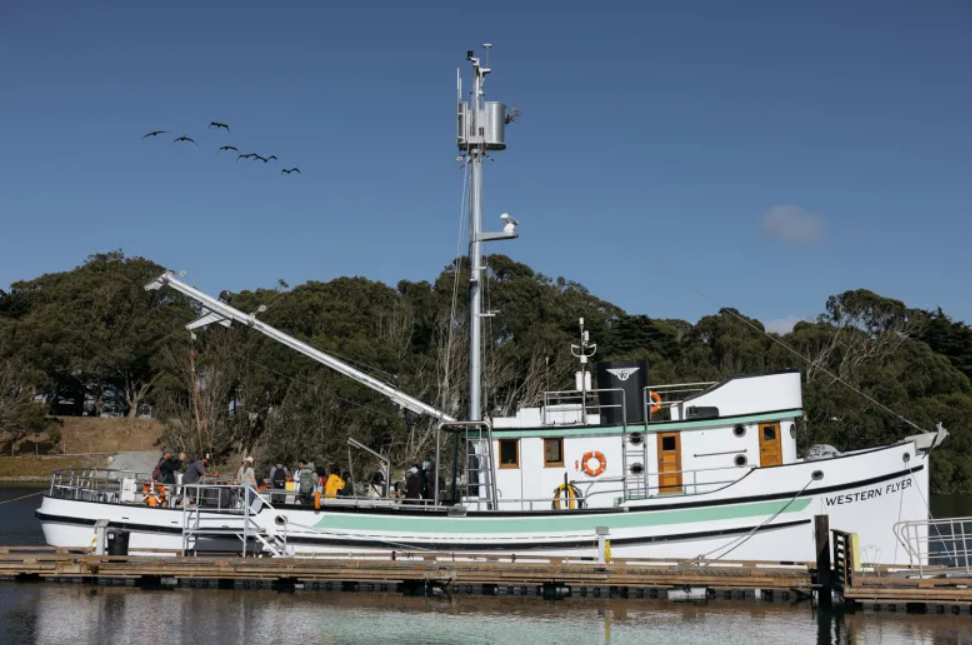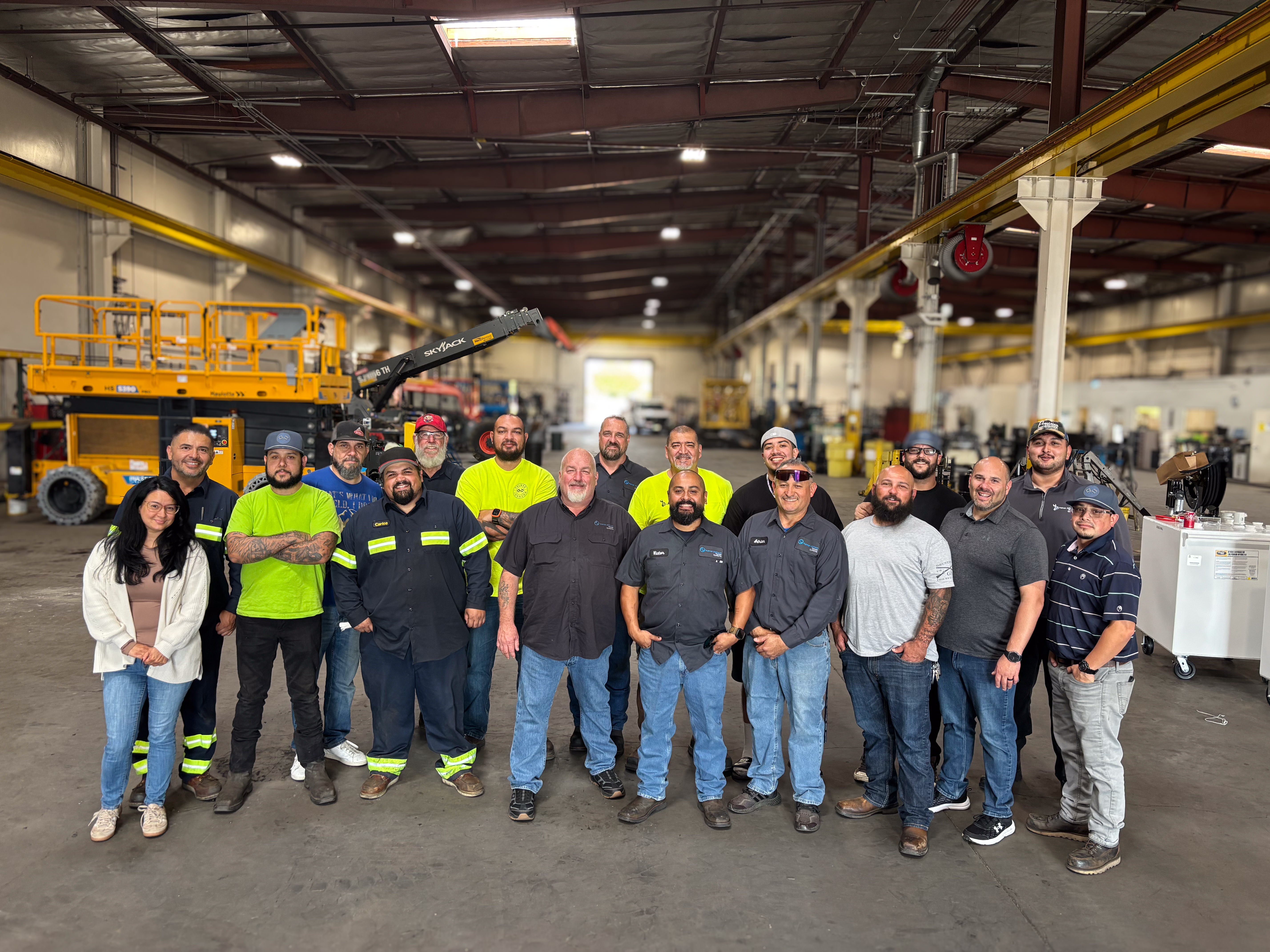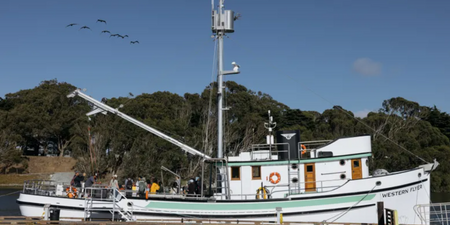
Maintenance In Marine & Power Gen: The Keys to Inspecting Flexible Couplings
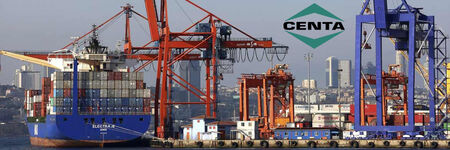
Flexible couplings are one of the most critical components in mechanical drivetrains. Yet they're also one of the most overlooked during maintenance and inspection. In the marine and power generation industries, neglecting coupling health can be costly. Understanding your couplings and their requirements can ensure a smooth inspection and maintenance cycle. And in turn, can lead to longer coupling life and more uptime.
The Role Of Couplings In A Drivetrain
Couplings are components that connects the driver and driven. They transfer the rotational torque while damping shock loads. Couplings accommodate the misalignment and any relative motion between driver and driven. In the case of a reciprocating system, couplings protect against torsional vibration. For such an important component, when most operators prepare for planned maintenance, couplings are an afterthought. Inspecting flexible couplings is often overlooked or forgotten until the last minute, when guards are removed.
Best Practices For Inspecting And Maintaining Couplings
Here are some guidelines worth noting:
- At initial assembly, follow all relevant manufacturers recommendations. You'll receive guidance for alignment suggestions, bolt tightening procedures and torque values. While your coupling may have a document suggesting an installed alignment limit, the engine or propulsion system manufacturer may suggest a tighter tolerance.
- Perform alignments assuming a loaded vessel (in the water and properly bunkered). Additionally, consider hot equipment conditions (thermal growth corrections). If any of the equipment is on soft mounts, confirm the mount conditions according to the supplier recommendations.
- Most manufactures will recommend a careful visual inspection after first test runs/sea trials. Confirming bolt torques after initial startup is always strongly recommended.
- Perform inspections at the two-to-three month mark, followed by a six-month inspection. After that, schedule thorough annual inspections. These inspections should confirm alignment and bolt torque values are within specifications.
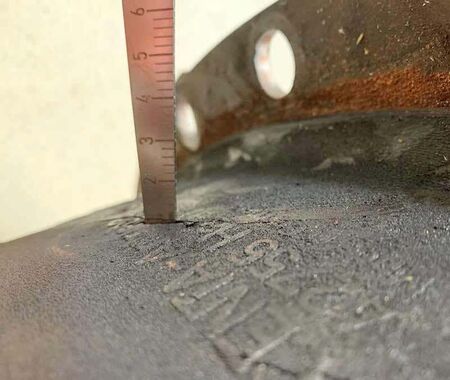
Measuring coupling cracks allows the inspector to track any increase in severity between inspection intervals.
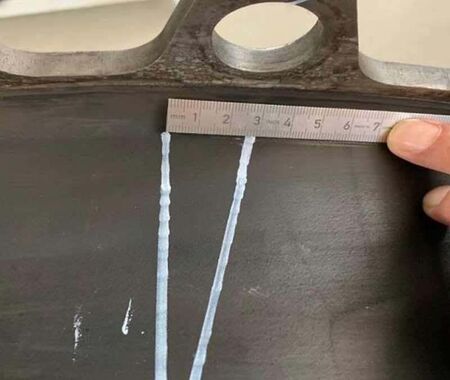
Measuring a coupling's permanent set.
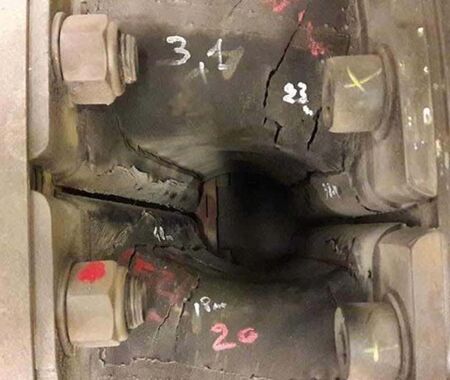
Marking and documenting cracks allows for tracking between inspection intervals which can reduce downtime by planning to replace the coupling at a future maintenance date.
Coupling Material And Life Expectancy
Natural and synthetic rubber make up couplings used in marine propulsion and power generation. These flexing materials have a natural life expectancy. This number is either based off years of overall life or total hours of operation typically expected. Over time, these materials will naturally harden. This hardening can have an eventual negative impact on the torsional characteristics of the material.
For many natural and synthetic rubber materials, this may be 10 years or 50,000 hours. Yet many external factors can impact the ultimate life expectancy. Conditions like these can have a detrimental impact on the life of the material:
- Equipment alignment and operation (i.e. engine misfiring or extended high speed operation),
- Ambient temperature,
- Oil or solvent exposures, or
- UV or ozone exposure
Keeping couplings well-aligned, properly ventilated and free of harmful outside influences will result in optimum life.
Inspections Will Reveal Signs Of Coupling Wear
Natural and synthetic rubber will show signs over time of twisting (permanent set) and potential cracking. You can measure and document these during periodic inspections for proper predictive maintenance planning.
Take Advantage Of Routine Coupling Maintenance And Inspections
Routine maintenance and inspections may reveal healthy couplings. But it is always best to plan to perform any coupling element exchanges during this time. Planning an exchange and having required spare parts on hand will make the exchange easier. Additionally, planning will avoid undue interruptions in the operation of the vessel or power plant. Routine inspections and advance planning of exchange can save many headaches, and many dollars. That's a lot better than last minute surprises if you find yourself needing a replacement flexible coupling element.
Key points about coupling maintenance and inspection:
- Follow installation and alignment documentation.
- Follow a documented process for lifetime periodic inspections. Use inspections to compare and record results noted against manufacturer-recommended twist and crack limits.
- -Prepare in advance. Have spare parts on hand. You can also coordinate with a local supplier/distributor to avoid unexpected delays, equipment unplanned downtime and lost revenue.
CENTA: World Class Couplings, Anywhere
CENTA is a global leader in torsional couplings serving a range of industries. CENTA also makes it easy for customers to gauge the health of their couplings during inspection and maintenance. CENTA inspection manuals contain data sheets you can use along with digital photos to provide a formal documentation process. This process can be extremely helpful in monitoring the lifetime condition of your flexible coupling elements.
CENTA Inspection Manuals
Palmer Johnson is proud to be an authorized distributor of Centa's industry-leading couplings and drive shafts. Whether you need spare parts or are interested in a new application, we are your top source for all Centa coupling & drive shaft needs.
This article was originally published by Regal Rexnord.
Keep Reading


